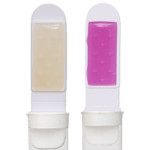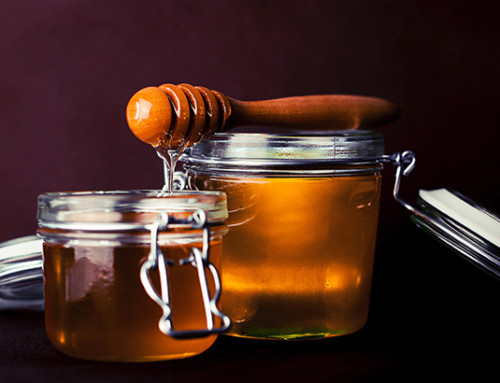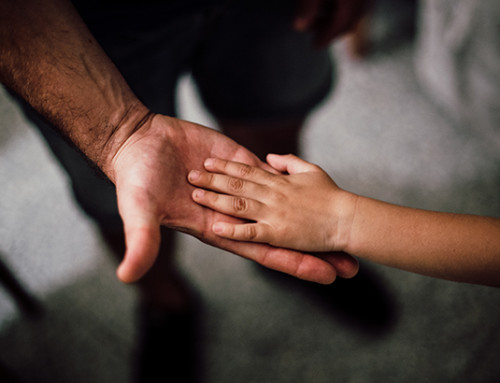What’s better than a demonstration that teaches kids the importance of washing hands and doubles as a cool experiment where they get to see germs grow? Nothing! Absolutely nothing, so grab a chair and some popcorn, follow along and take notes as we show you a demonstration on how to make germs scatter. And a special thanks to Fantastic Fun and Learning for the demonstration and experiment inspiration.
This is a great activity for young age groups because it demonstrates the importance of hand-washing and/or sanitizing! Here’s what you’ll need to get started:
Materials
Dish Soap
Pepper
Shallow bowl or plate of water (preferably white)
TSA/RB (Tryptic Soy/Rose Bengal) Microslide
Demonstration
The first part of this activity is a demonstration. Start off with a brief explanation of germs, for example:
- They’re everywhere, but we can’t see them.
- Our hands touch a lot of things and pick up / pass on a lot of germs every day.
- Some germs can be dangerous.
Then provide a brief explanation of how soap cleans our hands and makes germs scatter. Now to provide a visual, ask them to sprinkle some pepper into the bowl of water. The pepper floats on the surface of the water, similar to germs that might live on the surface of our skin.
Next, you need to cover their finger in dish soap. Either have them dip their finger directly into the container, pour it in a bowl and have them dip their finger in the bowl, or squirt dish soap directly onto their finger.
Now, what you’ve all been waiting for. And it happens fast, so make sure everyone is watching! Have one of the kids dip their finger into the center of the bowl of water. TA-DA! The “germs” scatter to the edge of the bowl.
The demonstration has more to do with surface tension, but it gives kids a great visual for why soap scatters “germs” and leaves a lasting impression.
Experiment

So now that you’ve done a quick demonstration for a visual effect of what germs do when soap is added to the equation, it’s time to step it up a notch. Here’s where you’ll need the TSA/RB Microslides. Divide your kids into two groups. One group will not wash their hands. This group will touch the palms of their germy hands to both sides of the TSA/RB Microslides.
The second group will wash their hands, then immediately touch their palms to both sides of the paddle. Be sure to label the paddles, so you know which group’s they were. Now, either incubate the paddles for 24-48 hours, or leave them out at room temperature (away from direct sunlight) for up to 5 days.
Ask each group to guess which paddle will have more germs, and write down their hypothesis.
Hint: Place the paddles somewhere warm, like on top of the refrigerator for faster incubation time if you do not have an incubator.
Keep an eye on the paddles, and check them daily for growth. Once macroscopic growth has appeared (visible to the naked eye), it’s time to check the results of your experiment. Compare the paddles from both groups to see which has more microbes.
You should find that the group that did not wash their hands has many more microbes on their paddles than the group who did wash their hands. In fact, you may not have any growth at all on the paddles from the group who did wash their hands.
Going Further
If you want to take this experiment even a step further, download the free Lite BioPaddles iPad app or the full version of the BioPaddles iPad app, and see if the groups can identify any of the organisms growing on the paddles!







Leave A Comment